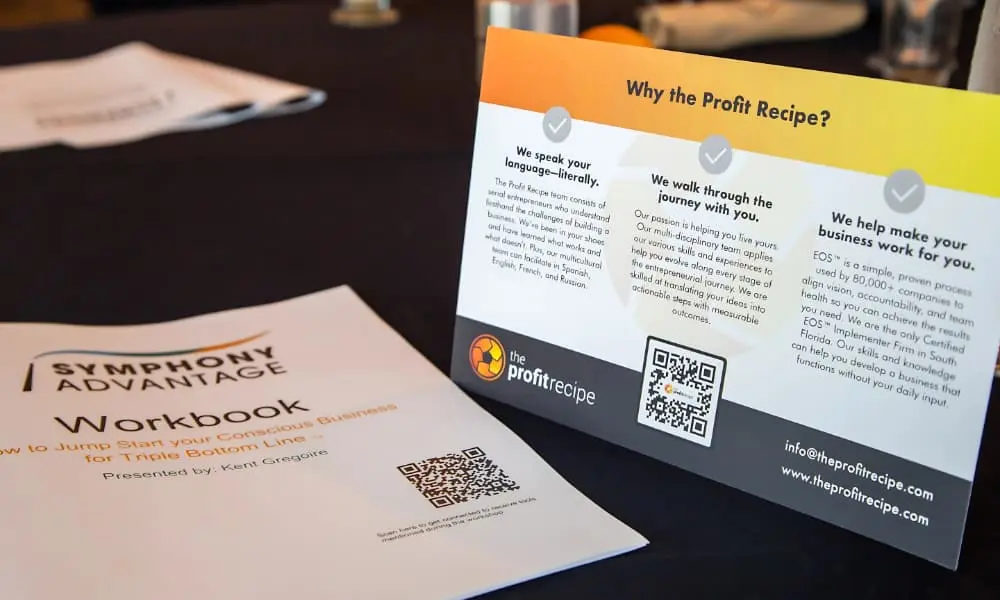Dropping hires into the deep end doesn’t usually work out well. Here are some Team by Design strategies for teaching new team members to swim.
Many of us have worked a job where someone gave us a couple of briefings, perhaps handed us a manual, and said, “have at it.” In the best of these scenarios, a new hire is uncomfortable but learns things on their own. In the worst, they spin their wheels, get frustrated, and fail spectacularly or quit before that happens.
Unfortunately, abbreviated or missing onboarding periods can be pretty common in entrepreneurial companies, where demands for productivity are high and time is precious. The need to scale quickly often creates a desperate need for new hires who can hit the ground running. But few people or roles are simple, and building a Team by Design requires intentional effort.
If entrepreneurs want to build resilient businesses that will run without us, we must invest in the people we hire to make it happen. Here’s a look at the need for onboarding and some approaches to making it effective.
Start in first gear before trying to Delegate and Elevate
There isn’t much room for waste in an entrepreneurial business compared to big corporations, where entire positions (or departments!) may seem superfluous. In a startup, every job counts and solves a problem while creating an opportunity — to scale, free up resources for something vital, or fill a crucial gap. Thus, every new hire is an investment with potentially big ROI, especially leadership team members.
Unfortunately, onboarding remains a common challenge for entrepreneurs who, in EOS® terms, want to Delegate and Elevate quickly. They hire someone to take things they aren’t good at or shouldn’t be doing off their plate, but getting the new team member acclimated puts another item on their plate. Regardless, we must take the time and effort to do it, as the upfront investment pays off exponentially. Otherwise, we are stuck wanting to delegate a bunch of tasks to an individual, but we don’t trust them.
Like learning to drive a manual transmission, new hires can’t start in third gear. Instead, the first gear involves understanding the company—developing relationships, learning processes, and becoming attuned with the culture and Vision. Second gear is recognizing the gap the job fills— the things the person can change, improve, and accomplish. And third gear is where the new team member starts providing results.
I’m guilty of overlooking onboarding and trying to force momentum earlier in my career. One of my biggest weaknesses as a leader was hiring someone and just assuming they are a specialist who can get results. But in reality, the new hires didn’t know our internal processes and accountabilities. They had no idea what our customers expected and didn’t understand the company yet. I learned tough lessons about not overestimating what someone can get done in the first few weeks or months after taking the job, even when they were considered an ’emergency’ hire.
We must first ensure that an individual can fill those shoes and that we’ve given them the tools, energy, time, and support to succeed. Only then will we be able to start delegating and expecting actual results.
Some sequential steps to onboarding success
The First 90 Days: Proven Strategies for Getting Up to Speed Faster and Smarter is a valuable book by Michael D. Watkins that looks at effective onboarding from the new team member’s perspective. It provides sound strategies for getting the lay of the land and meeting challenges fast. Nevertheless, many of its lessons also apply from an organizational perspective, especially when used in concert with an effective business operating system.
Here’s what I consider an effective onboarding template, drawing on my experience, EOS, and some aspects of The First 90 Days:
Phase 1: Teach the company
As leaders, we must first share and ensure a new team member’s buy-in with the Vision, including the eight questions that inform it. The individual needs to understand why we do things, where we’re going, how we plan to get there, and their specific role in making it happen. Instead of just providing a handout with the Vision and its details, we strive to achieve the understanding and engagement that points them in the right direction.
Phase 2: Give new hires your time, energy, and tools
This step is where we provide the time, energy, and tools for a new team member to be successful in their job. The individual learns about technology, processes, accountabilities, personnel, and other operational aspects representing the nuts and bolts of getting their job done. Crucially, this requires a company and personal investment in supporting the new team member — making key personnel available to guide them.
Phase 3: Give them enough time
Time is something we give of ourselves and to the new team member. Within a reasonable period, ensure they understand how to do things, how we do things, and what the gaps and opportunities are before they are expected to drive results.
Phase 4: Track and systematize results
This is when we finally start achieving and assessing the ROI of a new hire, and it’s where the elements of a good business operating system shine. In EOS terms, we’ll explicitly define accountabilities and achieve performance transparency through valuable dashboards. The EOS Scorecard helps us understand whether an individual is providing the expected results for the position, along with the rhythm of accountability accomplished through regular meetings.
The timing of onboarding and assigning guides to do it
How long a quality onboarding process takes depends on the position and company, as does who will invest their time and energy into getting a new hire up to speed.
For example, a new leadership team position will take longer, whereas a front-line tactical role may only need a fraction of that time. In smaller companies, the Founder may be coaching the new hire exclusively, whereas larger businesses may have a department head who handles the effort. Regardless, it’s usually always the Visionary’s role to explain the Vision and the new team member’s role in it, even if a manager handles other aspects of the process.
The standard onboarding period in human resources circles is about 90 days. But again, this varies by the complexity of the position, and the critical measure is “long enough to do it right!”
One study by an HR software provider found that of employees who left a business within six months, 23% “cited leaving because they wanted clearer responsibility guidelines” and 21% “because they wanted more effective training.” Other research suggests that the average employee only hits about 25% productivity in their first month, finally maxing out around three months. And a third study found that “Companies with great onboarding procedures achieve 2.5 times more revenue growth and 1.9 times the profit margin of companies with poor onboarding strategies.”
So, the exact details of an onboarding program may vary, but the prescription doesn’t: budget enough time and resources to do it effectively for the company and position. Whether the process takes a month, three months, or six, the investment in Team by Design is worth it.
Only then will a new team member understand the Vision and their role in attaining it, really know how to do their job, and achieve great things. And only then will a Founder be able to Delegate and Elevate confidently and achieve Business by Design.
Empower your Leadership Team and improve efficiency, increase value, and foster collaboration to get better results. A professional Facilitator can ensure that all of your members are on the same page, so you can kick your business up a notch. Connect with The Profit Recipe to Achieve Traction.



